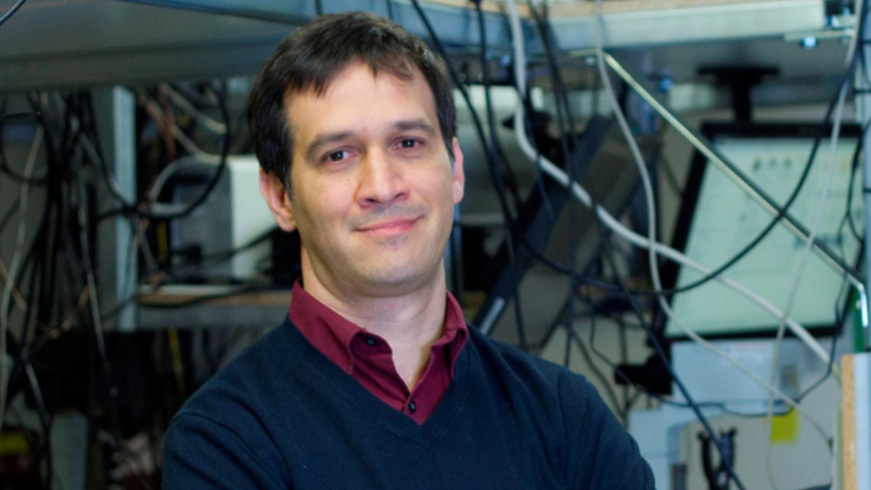Santiago Costantino, a physicist at Université de Montréal and Hôpital Maisonneuve-Rosemont, has developed a non-invasive technique for measuring ocular rigidity. This technique will be used not only in the early detection of glaucoma but also in the study of macular degeneration and myopia.
NASA will soon apply this technique to measure ocular rigidity in astronauts to determine which ones are most likely to develop eye problems. After more than a month in space, the eyeball deforms and folds can appear on the retina. Once back on Earth, some astronauts heal while others struggle with serious eye problems. Santiago Costantino has hypothesized that a rigid eye has a greater chance of resisting changes to intracranial pressure.
Next year, the physicist will travel to Houston, the home of NASA’s astronaut program, to assess ocular rigidity in a number of astronauts. He will then track how their ocular rigidity changes after a space mission.
Read the article published in La Presse :

